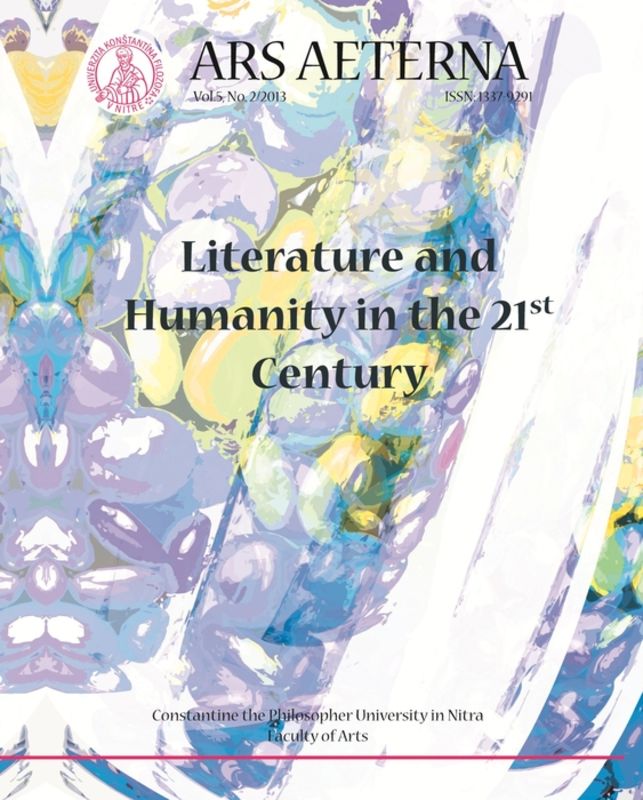“The game is afoot”: Sherlock Holmes, hermeneutics and collaborative writing
DOI:
https://doi.org/10.2478/aa-2020-0003Abstract
Sir Arthur Conan Doyle’s Sherlock Holmes stories involve a hermeneutic game in which Holmes attempts to uncover the mystery of unsolved crime. The work of Hans-Georg Gadamer enables Holmes’s methods to be seen as both playful and creative as he seeks to understand what G. K. Chesterton refers to as the poetry of the modern world. Holmes is therefore a creative and scientific detective, one who loses himself in the game of detection in order to find himself in the search for truth in the wider world. Through the agency of Dr Watson, the reader is invited to join the game and attempt to work out the solution to the mystery as the narrative unfolds before them. Peter Hühn’s work on the detective as reader and writer is extended in relation to the work of understanding and creation carried out by authors who add new works to the genre of Holmesian fiction. This process is explored in the context of two playful writing workshops in which participants passed the opening of a piece of Holmesian fiction they had written to another participant to continue, before sharing the results with the group. Hans Robert Jauss’s ideas about genre and other perspectives on reimagining Holmes help contextualize the strategies used by participants, while Gadamer’s conception of the festive enables insights into the communal processes of creation and understanding.
Downloads
Published
Issue
Section
License
Copyright (c) 2020 Rowan Middleton

This work is licensed under a Creative Commons Attribution-NonCommercial-NoDerivatives 4.0 International License.

